In the intricate tapestry of animal behavior, few aspects are as fascinating as the ways birds transmit knowledge among themselves. Beyond instinct lies a complex world of learning, where birds observe, mimic, and actively teach skills to their peers and offspring. This remarkable capability challenges our understanding of animal intelligence and reveals sophisticated social structures within avian communities. From the elaborate songs of thrushes to the tool use of crows, birds demonstrate that knowledge isn’t merely innate but can be culturally transmitted across generations and populations. This phenomenon of avian social learning represents one of nature’s most elegant solutions to survival, allowing birds to adapt to changing environments and pass down accumulated wisdom without relying solely on genetic inheritance.
The Science of Social Learning in Birds
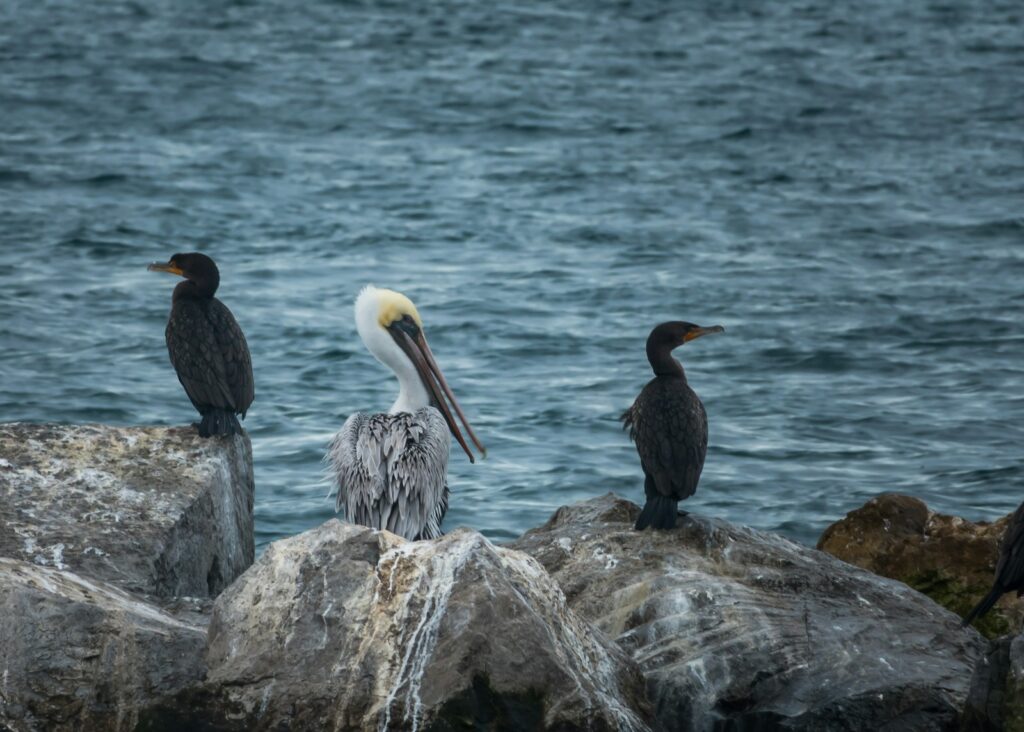
Social learning in birds encompasses a range of behaviors where individuals acquire new skills or knowledge by observing and interacting with others, rather than through genetic programming or individual trial-and-error. Ornithologists distinguish between several forms of social learning, including local enhancement (where birds are drawn to locations where others are successfully feeding), stimulus enhancement (increased attention to objects others are manipulating), and true imitation (precisely copying another’s behavioral patterns). Research conducted across diverse avian species reveals that birds possess the neural architecture necessary for complex observational learning, with specialized “mirror neurons” that fire both when performing an action and when watching another perform the same action. These cognitive adaptations allow birds to capitalize on the collective experience of their communities, enabling rapid spread of beneficial behaviors without each individual needing to discover solutions independently.
Vocal Learning: The Complexity of Bird Songs
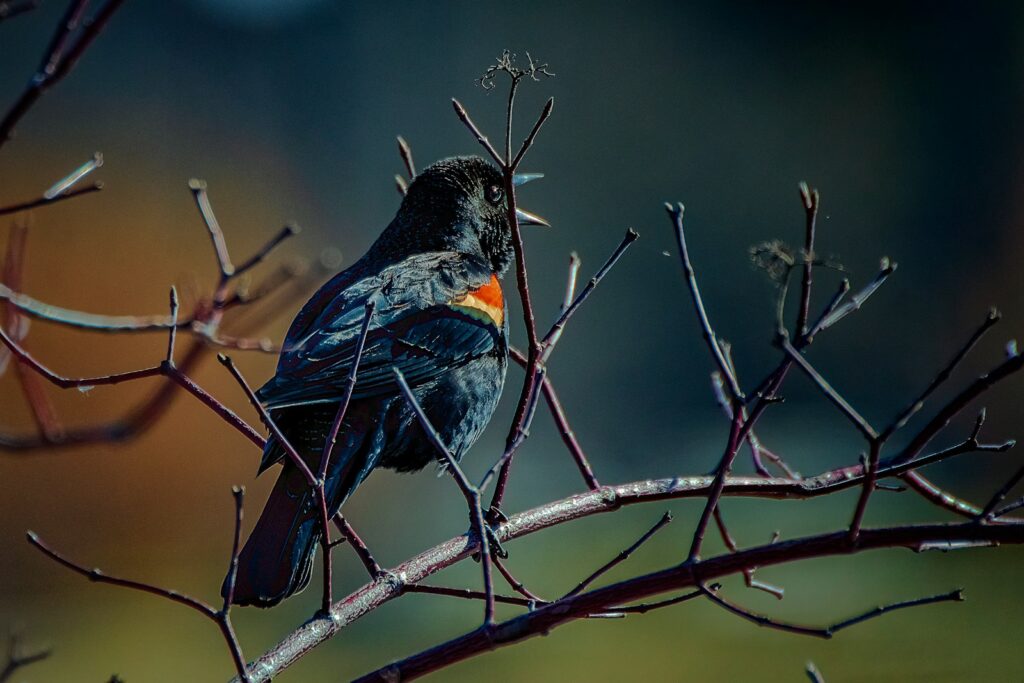
Perhaps the most extensively studied form of avian social learning involves song acquisition in songbirds. Unlike most animal vocalizations, which are largely innate, the elaborate melodies of songbirds must be learned through a process remarkably similar to human language acquisition. Young male songbirds begin by listening to adult “tutor” males, memorizing their songs during a critical learning period. They then practice through a phase called “subsong” – akin to human babbling – before refining their vocalizations to match the memorized template. Regional “dialects” emerge in wild bird populations, with distinct variations in song patterns among geographically separated groups of the same species. These dialects serve as cultural markers and demonstrate that vocal traditions can be maintained and modified across generations, representing a genuine form of cultural transmission.
Parental Teaching in the Nest
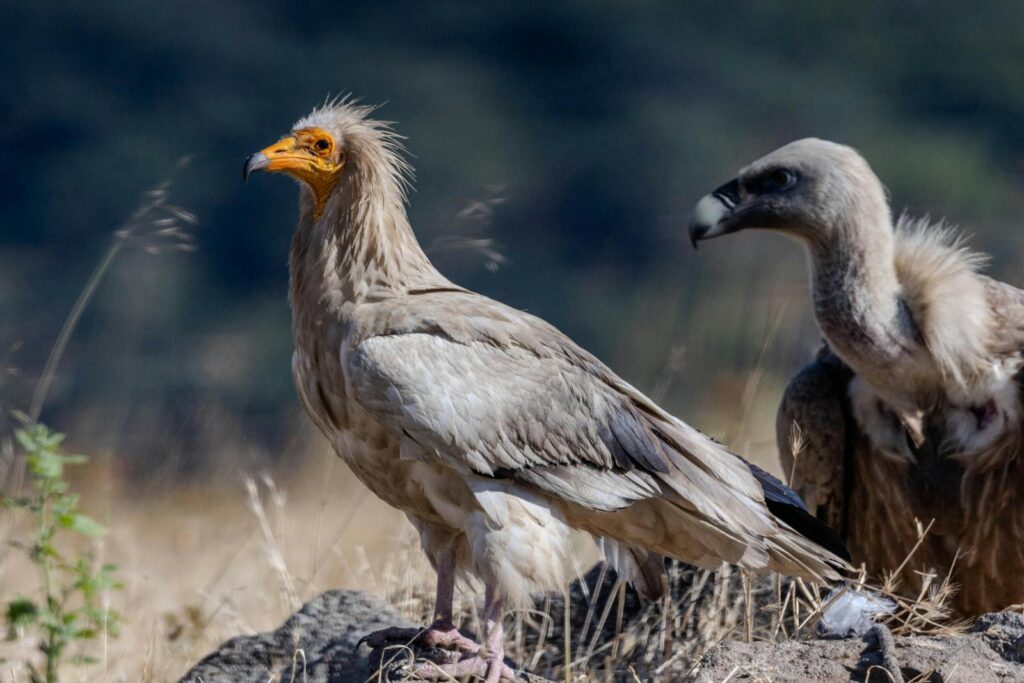
Many bird species engage in deliberate teaching behaviors toward their offspring, going beyond simple modeling to actively guide learning experiences. Egyptian vultures demonstrate this remarkably when teaching their young to break ostrich eggs by deliberately demonstrating stone-dropping techniques, gradually increasing the challenge as youngsters develop skill. Similarly, Florida scrub-jays will “disable” prey items before presenting them to inexperienced juveniles, then progressively offer intact prey as the young birds master handling techniques. Great tits have been observed modifying their feeding demonstrations based on the developmental stage of their chicks, slowing movements when introducing novel foods. These teaching behaviors meet the scientific criteria for true teaching: the instructor modifies behavior in the presence of a naive observer, incurs some cost, and the student acquires knowledge more rapidly than they would through independent discovery.
Cultural Transmission in Corvids
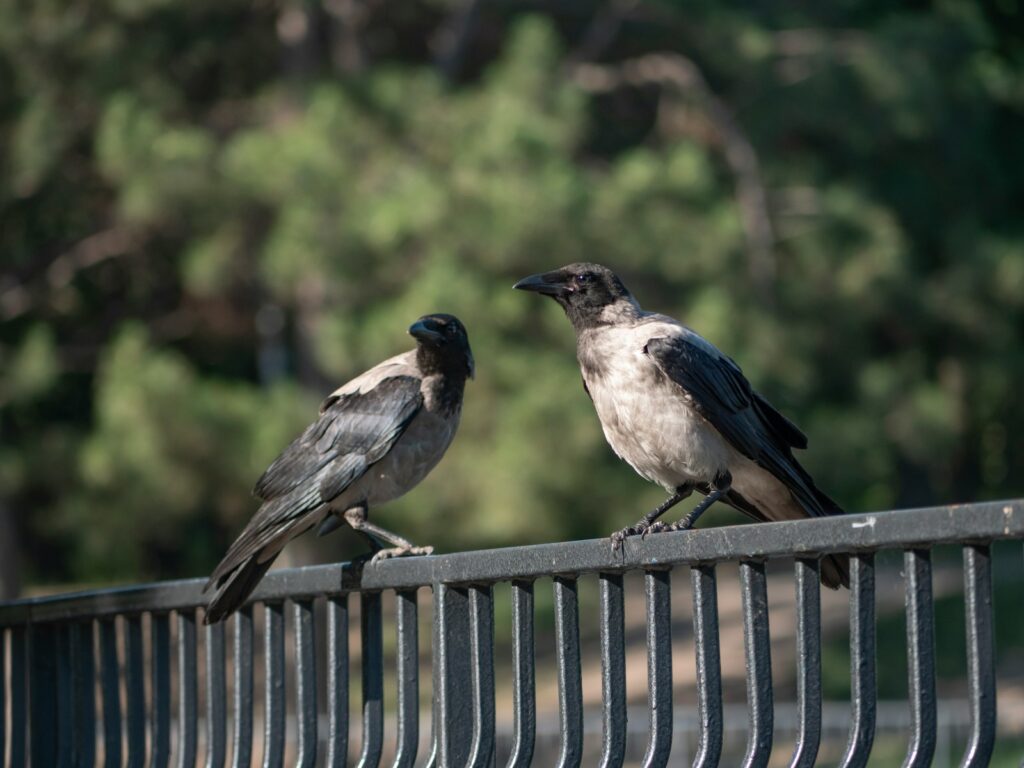
Corvids – the family including crows, ravens, and jays – stand out as exceptional avian teachers and learners with cognitive abilities rivaling those of primates. New Caledonian crows not only use tools but also manufacture them with precise specifications, creating hooks from twigs and serrated edges from leaves to extract insects from crevices. Research has conclusively demonstrated that these tool-making skills spread through social learning, with juveniles observing experienced adults and refining techniques through practice. In urban environments, carrion crows have been documented teaching others to use traffic patterns to crack nuts – placing walnuts on crosswalks, waiting for cars to run over them during green lights, then retrieving the exposed nutmeat during pedestrian crossing signals. These sophisticated behaviors highlight how corvid cultural transmission enables adaptation to novel environmental challenges.
Mobbing: Coordinated Defense Learning
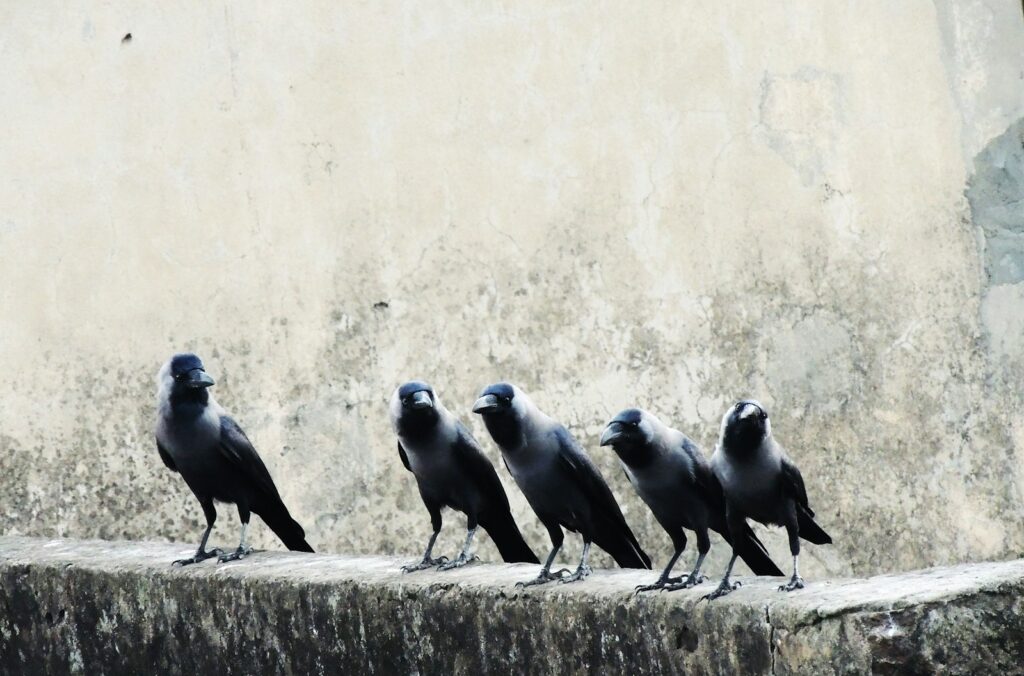
When predators threaten bird communities, many species engage in coordinated harassment known as “mobbing,” a behavior that relies heavily on social learning to be effective. Naive birds learn to recognize predators by observing the alarm responses of experienced individuals, with studies showing that juvenile birds who witness mobbing events become significantly more likely to participate in future defensive actions. American crows can distinguish between dangerous and neutral human faces and teach these distinctions to their offspring and neighboring crows, demonstrating impressive facial recognition capabilities. Remarkably, this learned predator recognition can persist in crow communities for years, with birds who never directly experienced the original threat nonetheless responding defensively to individuals identified as dangerous by their predecessors. This transmission of predator knowledge represents a survival-critical form of cultural information sharing.
Foraging Innovations and Their Spread
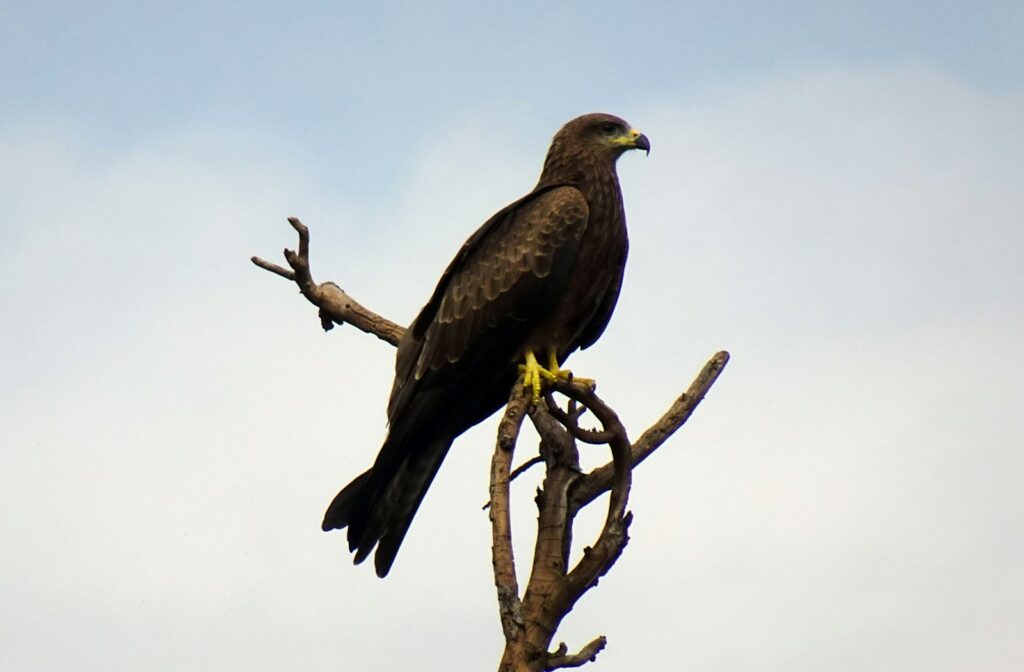
Novel foraging techniques can spread rapidly through bird populations, showcasing how beneficial innovations become incorporated into community knowledge. The classic example involves blue tits in the United Kingdom, who learned to pierce the foil caps of milk bottles left on doorsteps to drink the cream beneath – a behavior that spread across the country during the mid-20th century at a pace explicable only through social learning. Similarly, Japanese carrion crows learned to place walnuts in front of car wheels at traffic lights, retrieving the cracked nuts when pedestrians cross. Black kites in Australia have been documented sharing fire-spreading techniques, carrying burning sticks from existing bushfires to unburned areas to flush out prey. These innovations highlight how specific ecological challenges can drive the development and transmission of novel solutions through bird communities.
Migration Routes: Generational Knowledge Transfer
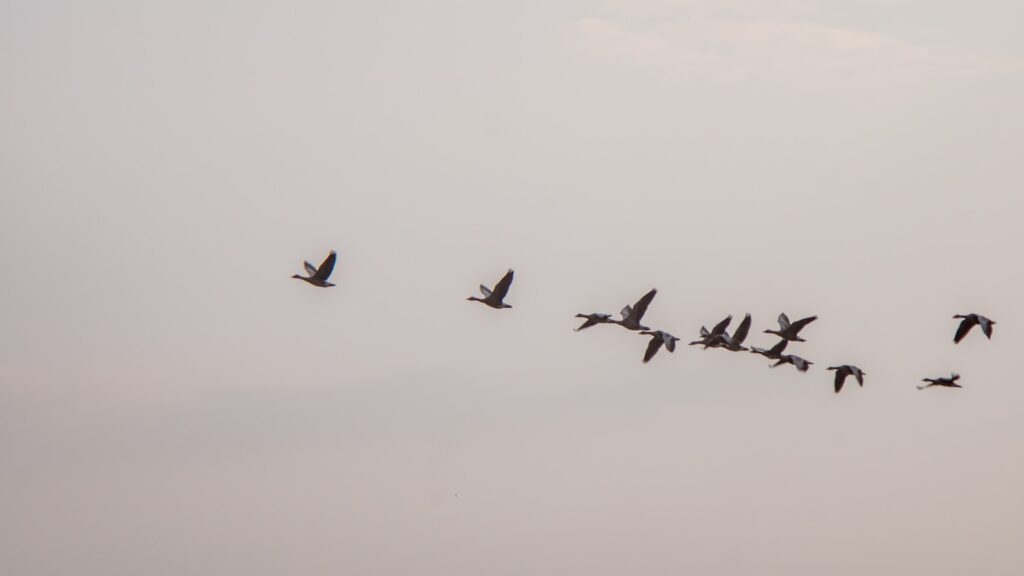
Many migratory birds rely on social learning to navigate their extraordinary journeys, with experienced individuals guiding first-time migrants along established routes. In species like whooping cranes, sandhill cranes, and some geese, juveniles follow their parents or other adults during their inaugural migration, internalizing key landmarks, rest stops, and geographic features. Conservation efforts with endangered whooping cranes have utilized ultralight aircraft flown by humans in bird costumes to teach captive-raised cranes their ancestral migration routes, demonstrating how critical this learned knowledge is to species survival. Research using GPS tracking reveals that in some species, like bar-headed geese, individuals with more migratory experience tend to navigate more efficient pathways, suggesting that route optimization is a learned skill that improves with experience and can be transmitted to younger birds.
Communal Nesting: Learning Through Cooperation
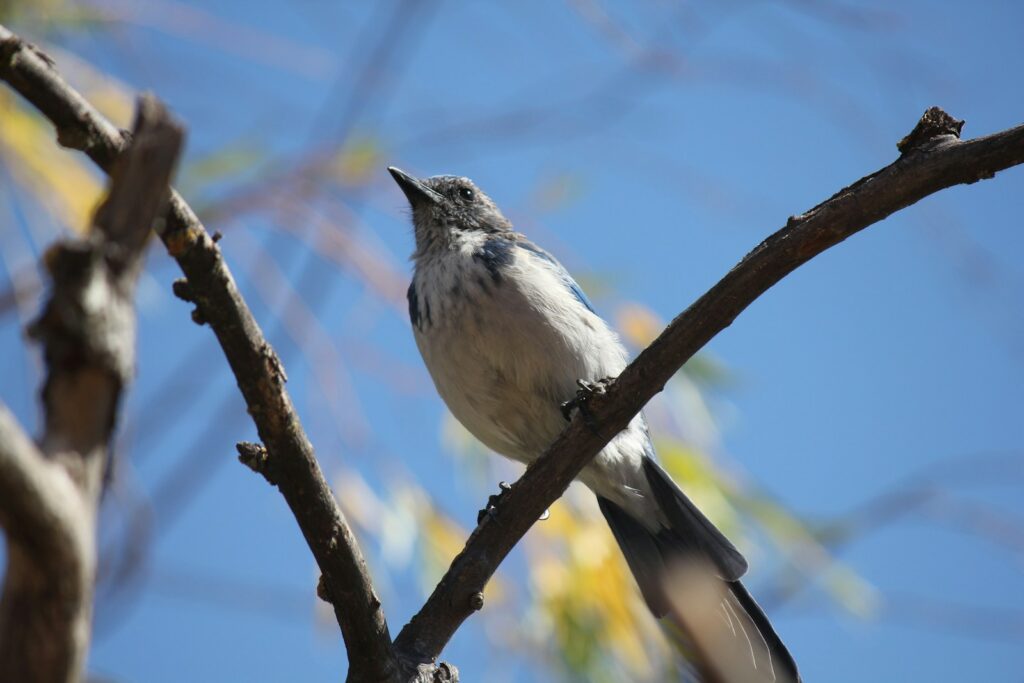
Cooperative breeding species offer fascinating insights into how birds teach nesting and chick-rearing skills across generations. Florida scrub jays, Mexican jays, and Australian superb fairy-wrens maintain complex social structures where younger birds serve as “helpers” at the nests of more experienced breeders before establishing territories of their own. These helpers gain invaluable experience in nest defense, predator detection, and chick feeding while contributing to the success of related offspring. Studies tracking individuals through their lives reveal that birds who served as helpers typically achieve greater reproductive success when they eventually become breeders themselves, confirming that this apprenticeship system functions as an effective teaching mechanism. The knowledge transferred includes subtle skills like nest construction techniques, optimal incubation behaviors, and recognition of appropriate feeding amounts for growing chicks.
Problem-Solving and Observational Learning
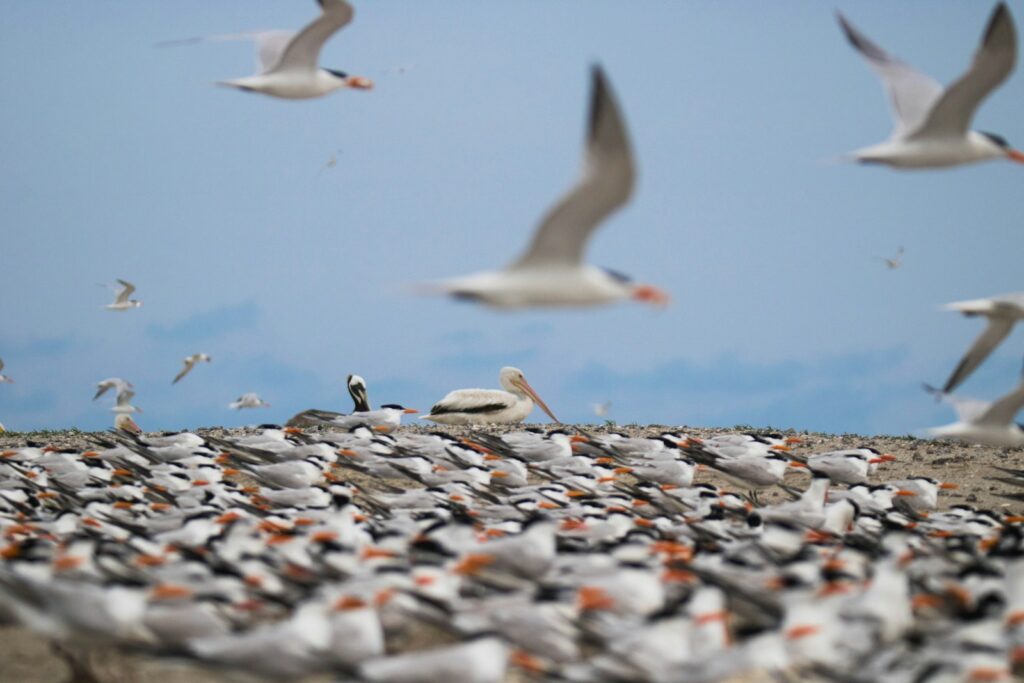
Birds demonstrate remarkable capabilities for solving novel problems by watching others, with individuals rapidly acquiring techniques after observing successful demonstrations. Controlled experiments with great tits showed that when a single bird learned to slide a door to access food, the technique spread through the community following patterns consistent with social network structures rather than random discovery. Similarly, wild New Zealand robins watching researchers hide mealworms subsequently remembered not only the locations but the quantity of worms in each hiding spot, suggesting observational learning of both spatial and numerical information. Species that naturally cache food, like Clark’s nutcrackers and western scrub-jays, have been shown to modify their hiding behaviors when being observed by potential thieves, indicating a sophisticated understanding of others’ knowledge states and learning capabilities.
Play as a Learning Mechanism

Playful behaviors in birds serve as important contexts for skill development and knowledge transfer between individuals. Juvenile ravens engage in complex object play, tossing items to one another and practicing manipulations that later prove useful for foraging and tool use. Young Australian magpies participate in wrestling games and mock territorial disputes that help develop the motor skills and social awareness needed for adult life. Kea parrots in New Zealand, renowned for their playfulness, learn to solve mechanical puzzles by watching their peers, with play sessions functioning as informal laboratories for testing and refining manipulation techniques. Research indicates that species with extended juvenile periods and higher reliance on learned rather than instinctive behaviors typically display more frequent and varied play behaviors, supporting the hypothesis that play serves as a crucial learning mechanism.
Cultural Evolution in Bird Communities
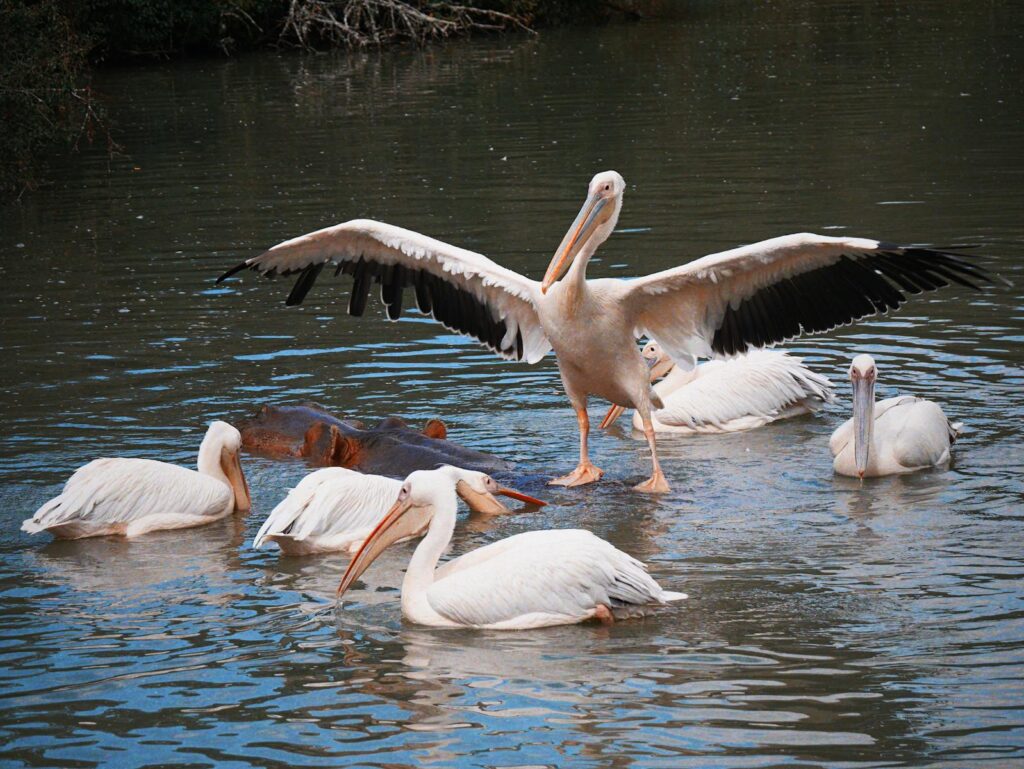
Bird populations demonstrate fascinating patterns of cultural evolution, where socially learned behaviors change and diversify over time, much like genetic evolution. White-crowned sparrow songs show measurable changes across decades, with certain notes and phrases becoming more common while others disappear from the population. In urban environments, great tits have been documented modifying their songs to higher frequencies to overcome city noise, with these adaptations spreading through populations via social learning rather than genetic change. Comparative studies examining tool use in different populations of New Caledonian crows reveal distinct “technological traditions,” with specific tool designs and manufacturing techniques characteristic of particular regions. These patterns of innovation, transmission, and modification mirror human cultural evolution in striking ways, suggesting that avian cultural transmission systems follow similar principles of selection and adaptation.
Technological Insights into Bird Learning
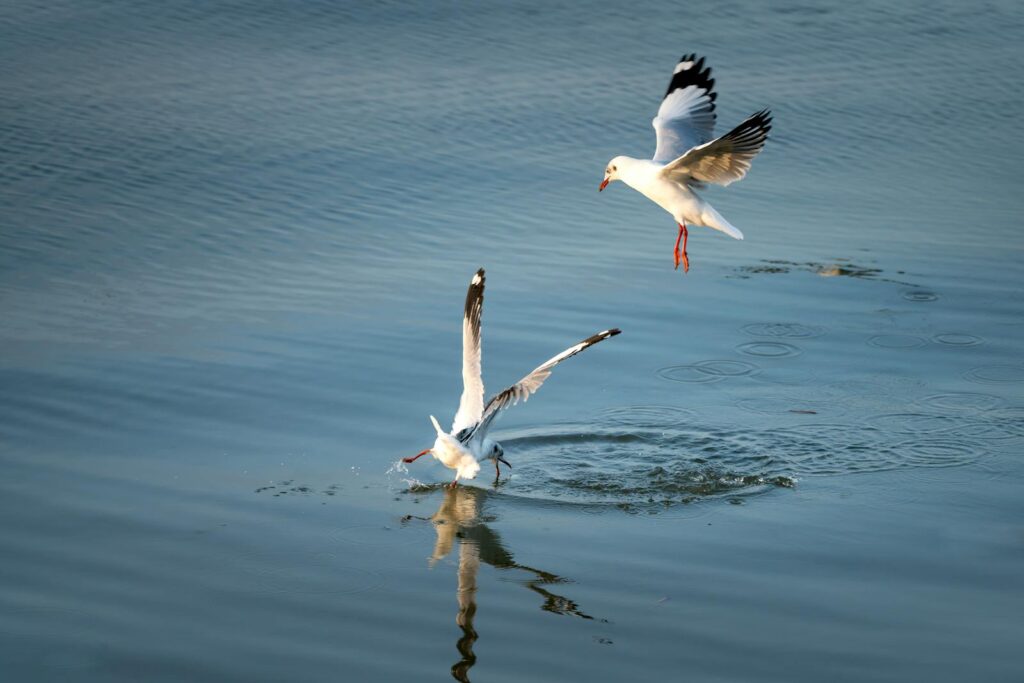
Advanced technologies are revolutionizing our understanding of how birds learn from each other in the wild. Miniaturized GPS loggers and accelerometers now allow researchers to track not just where birds go but their specific movements and interactions, revealing previously invisible teaching moments between individuals. Machine learning algorithms applied to large datasets of recorded vocalizations can identify the progression of song learning in individuals, pinpointing when and from whom specific elements were acquired. Near-field cameras installed in nests provide unprecedented views of parental demonstrations and offspring learning attempts, while stable isotope analysis of feathers can trace the developmental history of migratory knowledge in bird populations. RFID tagging systems at experimental feeding stations have proven particularly valuable for documenting the spread of new foraging techniques through communities, allowing precise mapping of social learning networks.
Conservation Implications of Avian Cultural Learning
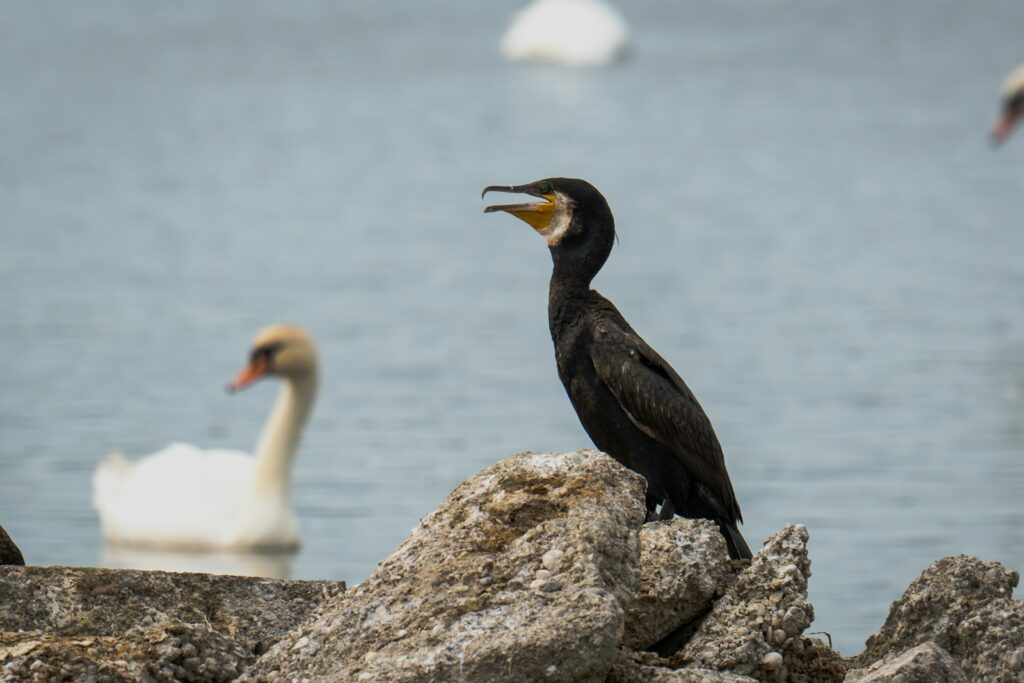
Understanding how birds teach each other carries profound implications for conservation efforts, particularly for endangered species where cultural knowledge might be as threatened as genetic diversity. When populations decline below critical thresholds, vital information about migration routes, foraging techniques, or predator recognition may be lost even if the species eventually recovers numerically. Conservation programs for species like the California condor and whooping crane now explicitly incorporate strategies to preserve cultural knowledge, including having experienced individuals mentor captive-raised birds before release. Similarly, efforts to reintroduce locally extinct species must consider whether essential learned behaviors can be reconstructed or whether individuals from populations with intact cultural knowledge must be translocated alongside naive birds. This growing recognition of avian cultural heritage represents an important evolution in conservation thinking beyond purely genetic considerations.
The remarkable capacity for birds to teach and learn from one another reveals dimensions of animal cognition that challenge traditional boundaries between human and animal intelligence. From the precise transmission of songs to the sophisticated teaching of tool use, birds demonstrate that cultures can exist beyond human societies. These avian learning networks allow birds to adapt rapidly to environmental changes, preserve accumulated wisdom across generations, and develop regional traditions that enhance survival. As we continue to unravel the intricacies of how birds share knowledge, we gain not just scientific insights but a deeper appreciation for the rich social worlds existing in the skies around us—worlds where teaching and learning have evolved as fundamental survival strategies just as they have in our own species.
